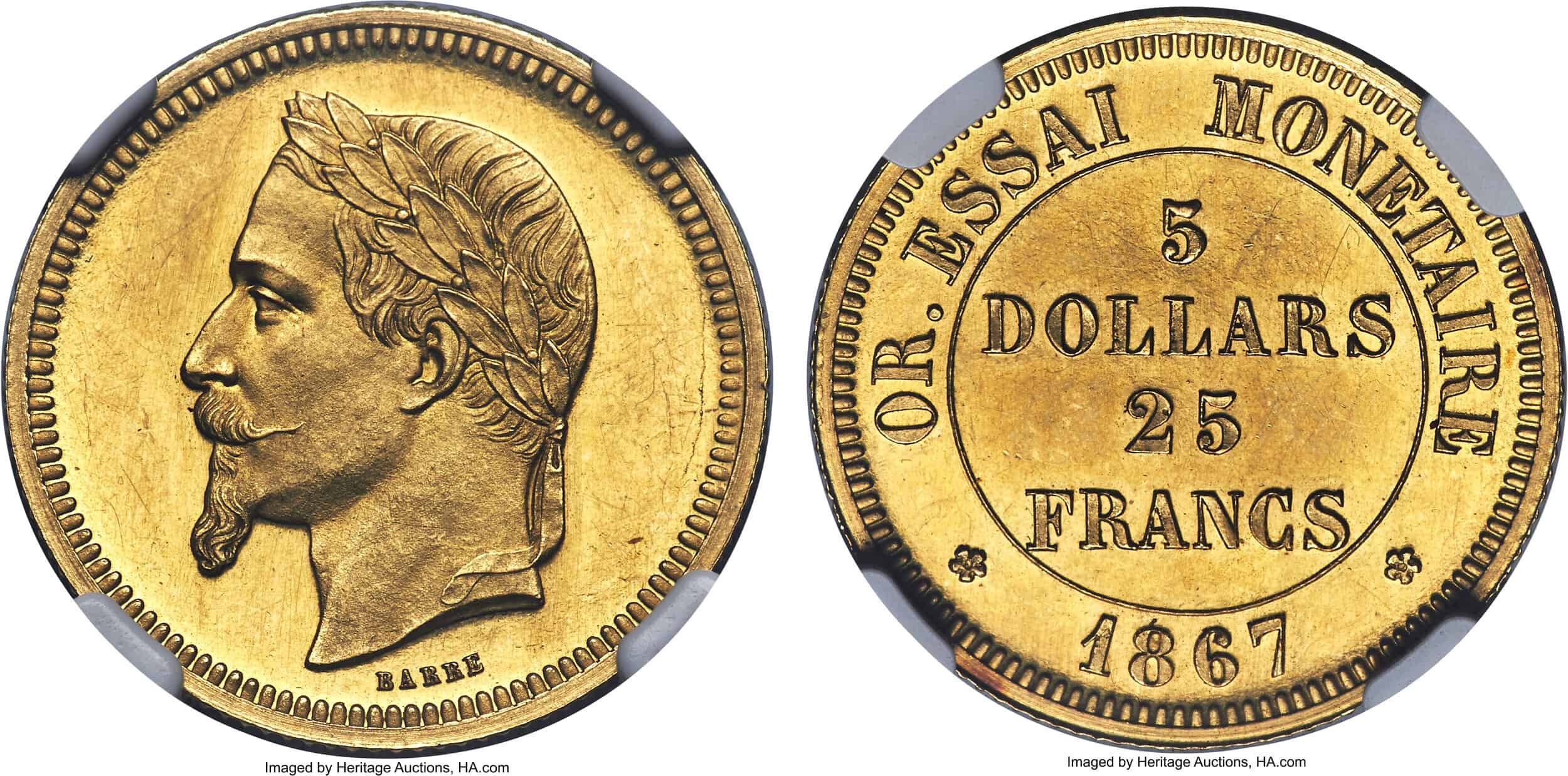Historical Context of Old French Coins: Old French Coin Nyt

Old french coin nyt –
During the medieval period, French coinage underwent significant evolution, reflecting the economic and political changes in the region. The origins of French coinage can be traced back to the Roman era, when Gaul was a province of the Roman Empire. The earliest French coins, known as deniers, were struck in the 7th century and were based on the Roman solidus.
Over time, the French coinage system became more complex, with the introduction of new denominations and the use of different metals. By the 13th century, the French royal mint was producing a wide range of coins, including deniers, oboles, and gros tournois. These coins were used for both domestic and international trade, and they played a vital role in the development of the French economy.
The study of old French coins can provide valuable insights into the economic and political history of France. By examining the types of coins that were minted, their value in circulation, and the iconography that was used on them, historians can gain a better understanding of the economic conditions, trade patterns, and political alliances of the period.
Different Types of Old French Coins
- Deniers: Deniers were the most common type of coin in medieval France. They were made of silver and were typically worth about one penny.
- Oboles: Oboles were smaller than deniers and were worth about half a penny.
- Gros tournois: Gros tournois were larger than deniers and were worth about four pennies.
- Écus: Écus were gold coins that were first introduced in the 13th century. They were worth about 20 shillings.
Numismatic Analysis of Old French Coins

Numismatic analysis is a crucial tool for studying and understanding old French coins. By examining their metallurgy, design, and iconography, experts can uncover valuable insights into their history, authenticity, and significance.
Metallurgy
The analysis of the metal composition of old French coins provides insights into their origin, circulation, and value. Different periods and regions used varying alloys, such as silver, gold, and copper. By determining the exact composition, numismatists can identify the coin’s mint and approximate its date of issue.
Design, Old french coin nyt
The design of old French coins often reflects the artistic and cultural influences of the time. By examining the coin’s shape, size, and motifs, experts can identify the engraver and the period in which it was created. Detailed analysis of the obverse and reverse designs, including legends and symbols, can provide valuable historical and symbolic information.
Iconography
The iconography of old French coins is a rich source of historical information. Depictions of rulers, saints, and allegorical figures offer insights into the political, religious, and social landscape of the time. By interpreting the iconography, numismatists can gain a deeper understanding of the values and beliefs of the society that produced the coins.
Challenges and Opportunities
Authenticating and dating old French coins present challenges due to their age and the potential for counterfeiting. However, modern analytical techniques, such as X-ray fluorescence and metallography, provide valuable tools for identifying genuine coins and determining their precise age.
Case Studies
Numismatic research on old French coins has yielded significant findings. For example, the analysis of a rare gold coin from the reign of King Philip VI revealed a previously unknown mint in the city of Saint-Omer. Another study using X-ray fluorescence identified a previously unrecognized alloy used in the production of early French silver coins.
An old French coin found in the United States provides a tantalizing glimpse into the past. Its intricate design evokes images of a bygone era, when knights roamed the land and chivalry was a code of honor. A knight of the seven kingdoms might have carried such a coin as a token of his valor.
Its discovery today serves as a reminder of the enduring legacy of the past, connecting us to the stories and traditions that have shaped our world.
I discovered an old French coin in my grandmother’s attic, its intricate engravings hinting at a rich history. Curious, I wondered if I could find out more about it. As I delved into the annals of numismatics, a question arose: what time does Game of Thrones come on tonight?
Find out here. Returning to my research, I marveled at the enduring legacy of these ancient coins, their stories etched in every groove and patina.
As I flipped through the pages of an old French coin catalog, my eyes caught a glimmer of history that reminded me of the tragedy of Lucerys Velaryon. His untimely demise, like the faded grandeur of these ancient coins, left an imprint on the annals of time, a poignant reminder of the ephemeral nature of both life and the treasures we hold dear.
In the annals of old French coinage, the enigmatic “Laurenti” stands out like a solitary beacon. Its origins, shrouded in mystery, are as elusive as the fabled dragon eggs in Game of Thrones. Yet, like the golden coin that Daenerys Targaryen used to purchase the Unsullied, the Laurenti holds a tantalizing allure for historians and collectors alike, its enigmatic presence forever entwined with the tapestry of time.
The old French coin, discovered by a farmer in his field, bore an intricate design that hinted at a long-forgotten era. Its intricate engravings seemed to tell a story, a tale of intrigue and power. Like the enigmatic sand snakes of Game of Thrones , the coin held secrets, its value not in its monetary worth but in the whispers it carried from the past, a past that was as elusive as the shifting sands of time.